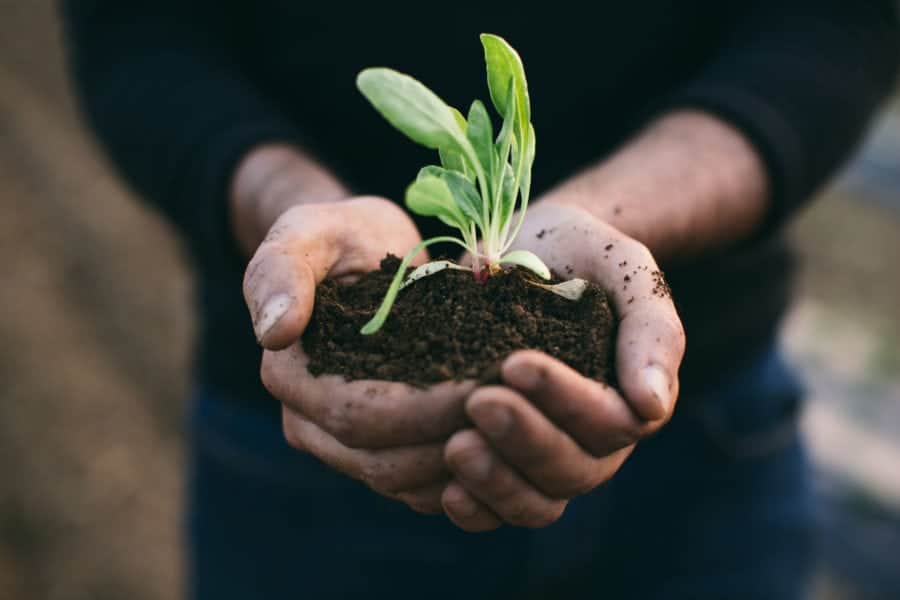
With climate change and environmental degradation becoming more and more severe, it’s essential we all take steps to reduce our carbon footprint, and adopt more sustainable practices. This blog will focus on the growing trend of sustainable living, and how homeowners can make their homes more eco-friendly to reduce their carbon footprint.
Reduce Energy Consumption
Reducing your personal energy consumption can be accomplished with a few simple changes. You can start small by replacing old light bulbs with LEDs, for example. LED lights use significantly less energy than traditional bulbs, and last longer. This will be energy efficient, cost-effective, and time-saving.
You can also install a programmable thermostat automatically adjusts the temperature in your home based on the time of day, and your typical schedule. This prevents heating and cooling systems from running all day when they’re not necessary, and saves money on energy bills.
Reduce Water Consumption
We tend to use a lot more water than we actually need. In fact, the average Canadian consumes 6400 liters, or 1690 gallons, of water per day. A lot of this consumption is embedded in food, clothes, and products. Additionally, 10% of homes that have leaks waste 90 gallons of water or more per day from things such as dripping faucets. This is why it’s so important to perform regular maintenance on your home, and if you notice a leak, have it resolved immediately.
Even small changes in consumption make a big difference! Try reducing the amount of time you spend in the shower, and not running the tap while you’re brushing your teeth. You can also take more intentional steps by installing low-flow shower heads and faucets.
Use Eco-Friendly Cleaning Products
Many traditional cleaning products contain harsh chemicals that are harmful for the environment, and bad for your health.
There are many great alternatives that clean well, disinfect, and aren’t unhealthy. Even combining simple ingredients like vinegar and baking soda in a spray bottle makes for an excellent cleaner that leaves your home spotless. This is both an eco-friendly and cost-efficient solution to keeping your home clean!
Buy Decor Made of Sustainable Materials
Furniture and accessories that are made from sustainable materials such as bamboo or reclaimed wood are a great way to not only be more environmentally conscious, but are often a subtle way to add more touches of character to the interior of your home. Try to avoid synthetic materials such as polyester and nylon, and go for natural fabrics like cotton, linen, or wool for your bedding and curtains. These materials are far more sustainable than the former.
Buy Second Hand
Thrifting secondhand items is a mutually cost-effective and environmentally friendly practice. Clothing is massively overproduced and recycling anything you can helps a ton! You can find high quality items at almost every thrift store, as well as decor, books, and a lot of other miscellaneous items. These can make for great decorations and accent pieces. Also, consider making donations to secondhand stores when you do your closet clean outs – many people will likely have a use for items you no longer like or need!
Reduce Your Waste Production
We tend to waste a lot without even realizing it. The number one best thing you can do is cut down on single use items, particularly plastics like water bottles, cutlery, straws, plastic produce and grocery bags, and coffee cups. Investing in a good water bottle, tote bags, and stainless steel straws can help reduce your impact.
Recycling plastics and containers and composting your food waste are also important components to a sustainable lifestyle. You can make this easy by setting up designated, color coded bins around your home so all waste ends up in the designated bin.
In conclusion, there are many simple and effective ways to make your home more sustainable. By reducing your energy and water consumption, switching to eco-friendly products, acquiring decor with sustainable materials and picking up secondhand when you can, you can significantly reduce your carbon footprint and actively contribute to a more sustainable future.
Are you interested in other effective ways to change your home environment for the better? Check out our blog ‘Creating a Home Environment that Promotes Well-Being” here.


